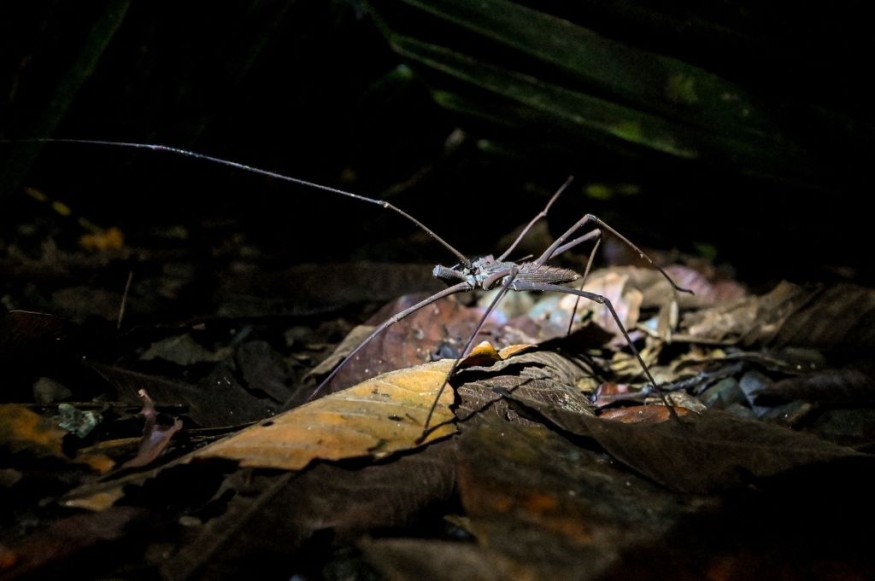Scientists have been unveiling remarkably well-preserved fossilized animals and plants specifically in France, since the late 1700s.
As indicated in a SciTechDaily report, a geologic formation near Aix-en-Provence, in France is recognized as one of the world's "most important treasure troves of Cenozoic Era fossil species"
SciTechDaily: Glowing Spider Fossils Prompt Breakthrough Research on Treasure Trove of Amazingly Well-Preserved Specimens https://t.co/1h2gDV0yQm
— xalfeed (@xalfeed) April 23, 2022
Essentially, the formation of the Aix-en-Province is particularly popular for its fossilized terrestrial arthropods from Oligenece Period roughly from 23 million to 34 million years ago, since arthropods, animals with exoskeletons like spiders, are rarely fossilized at Aix-en-Provence is remarkable.
New research is the first to ask where the exceptional, not to mention, geological process at Aix-en-Province that preserves spiders from the said era so exquisitely are.

Way to Turn Into a Fossil
According to Alison Olcott, geology associate professor and director of the Center for Undergraduate Research at the University of Kansas, "most life doesn't become a fossil."
One has to die under very particular circumstances, and one of the easiest ways to turn into a fossil is to have hard parts such as bones, teeth, and horns.
Therefore, the professor added, their record of soft-body life, as well as terrestrial life such as spiders, "is spotty," although there are these periods of exceptional preservation when all conditions were harmonious for preservation to take place.
Olcott, together with her co-authors at KU, Matthew Downen, then a doctoral candidate in the Department of Geology and currently the assistant director at the Center for Undergraduate Research, and Paul Selden, a distinguished professor emeritus, also at KU, along with the University of Missouri's James Schiffbauer, sought to find the exact processes at Aix-en-Provence that provided a pathway for preservation for the spider fossils.
Glowing Spider Fossils
Olcott explained that Downen worked describing the fossils, and the team decided, "more or less on a whim," to stick to them under the fluorescent microscope to observe what happened.
To their surprise, she continued, the spider fossils glowed, and thus, they got very interested in what the chemistry of such fossils was that made them glow.
Still describing their research published in the journal, Communications Earth & Environment, Olcott said if one just looks at the fossils on the rock, they are nearly indistinguishable from the rock themselves, they glowed a different color beneath the fluorescent scope.
Therefore, the team started to explore the chemistry and found the fossil themselves contain a black polymer made of sulfur and carbon that, under the microscope, appears like the tar seen on the road.
The study authors also noticed there were only thousands and thousands of microalgae surrounding the fossils, and coating the fossils themselves.
Challenges in Performing Science Due to COVID-19 Restrictions
Olcott and her team are the first to parse the chemistry of preservation at Aix-en-Provence, a fact she attributes in part, to the challenges of performing science during COVID-19 restrictions.
She said, she honestly thinks their study is partly an outcome of pandemic science, adding, that the first batch of their images appeared in May 2020.
Her lab was still closed, she recalled, and she was two months into her leg of 18 months at home with kids the whole time, and therefore she needed to change how she was doing science.
Olcott spent a lot of time with the chemical maps and images, and she really explored them in a manner that probably would not have occurred if all the labs were open and they could have gone in and done more conventional research.
Related information about spider fossilized spiders is shown on Science Magazine's YouTube video below:
RELATED TOPIC : Woman Horrified To Find 20 Venomous Mouse Spiders on Her Pool
Check out more news and information on Spiders in Science Times.











